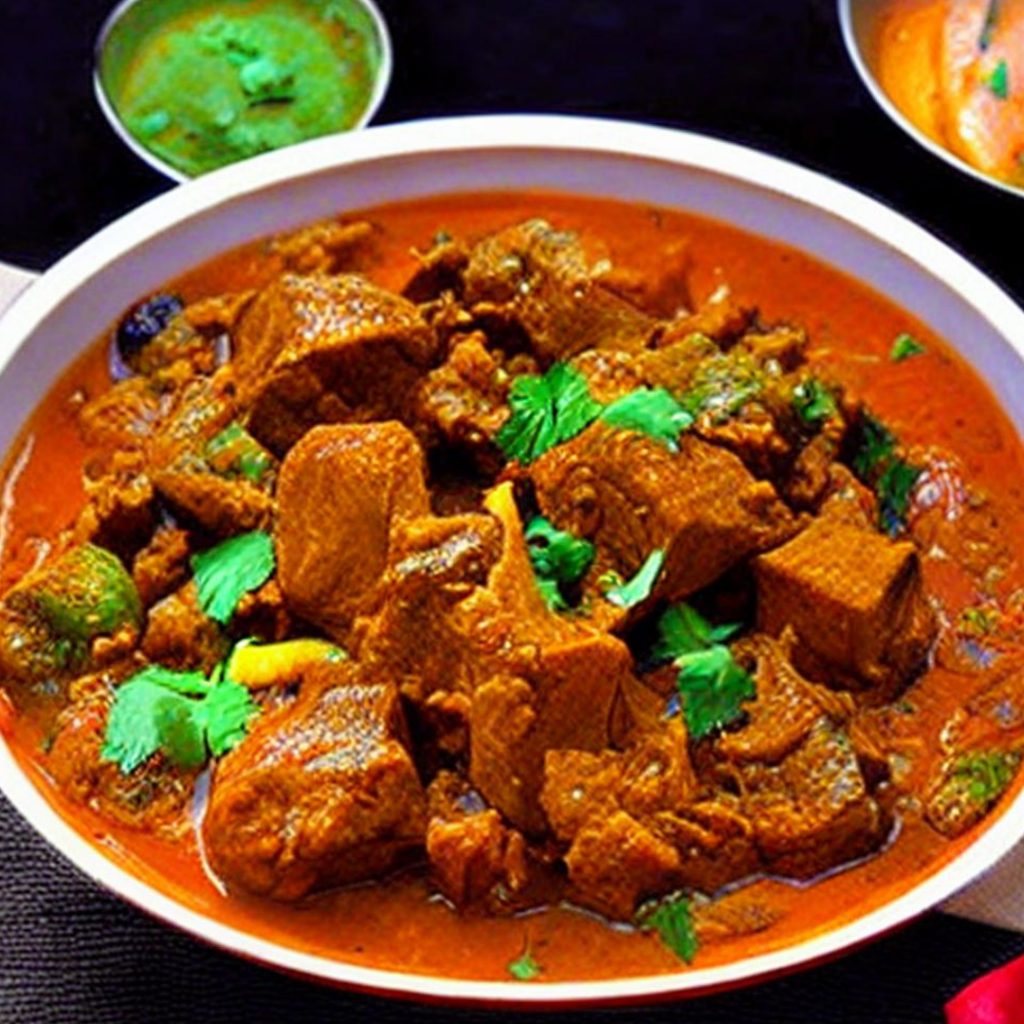Exploring The Top 10 Mediterranean Foods For Your Diet
The Mediterranean region has long been celebrated for its rich and diverse culinary heritage. From the sunny shores of Spain to the enchanting Greek islands, Mediterranean cuisine has captured the hearts and taste buds of food enthusiasts worldwide. Not only is Mediterranean food delicious, but it also offers a wide array of health benefits.

The Mediterranean Diet
As we’ve explored these delectable Mediterranean dishes, it’s essential to touch on the Mediterranean diet itself. This eating pattern is renowned for its health benefits, including reduced risk of heart disease, improved weight management, and longevity. It emphasizes the consumption of whole grains, fresh fruits and vegetables, lean proteins (like fish and poultry), nuts, seeds, and healthy fats, primarily from olive oil.
The Mediterranean diet is not just about what you eat; it’s also about how you eat. Meals are savored slowly, often shared with family and friends, and accompanied by a glass of red wine in moderation. This approach to dining fosters a sense of community and promotes mindful eating.
High-Protein Vegetarian Mediterranean Diet
For those who prefer a vegetarian or plant-based lifestyle, the Mediterranean diet offers ample opportunities. Many of the dishes we’ve discussed, such as Greek salad, hummus, and falafel, are excellent sources of plant-based protein. Nuts, seeds, legumes, and dairy products are also key components of a high-protein vegetarian Mediterranean diet. By incorporating these protein-rich foods into your meals, you can enjoy the health benefits of the Mediterranean diet while adhering to your dietary preferences.
In this article, we’ll delve into the world of Mediterranean food, exploring its recipes, diet, and some of the most mouthwatering dishes you can Savor on your culinary journey.
Mediterranean Food Greek Salad

We begin our Mediterranean food exploration with a classic favorite – the Greek salad. Comprising fresh cucumbers, ripe tomatoes, red onions, … See More













